
Principality Bulgaria Government Gold Loan 5 Bond Certif. 500 Gold
In 2020 Bulgaria marks 112 years since its Declaration of Independence. The event was of great importance as it marked the end of the liberation struggles of Bulgarians against the five centuries of Ottoman rule.. 1885 Eastern Rumelia seceded from the Ottoman Empire and united with the Principality of Bulgaria, contrary to the decisions of.

Bulgarian Flags Under the Ottoman Empire
Bulgaria, situated in the eastern Balkans, has been undergoing a slow and painful transition to a market economy since the end of Communist rule. A predominantly Slavonic-speaking, Orthodox.
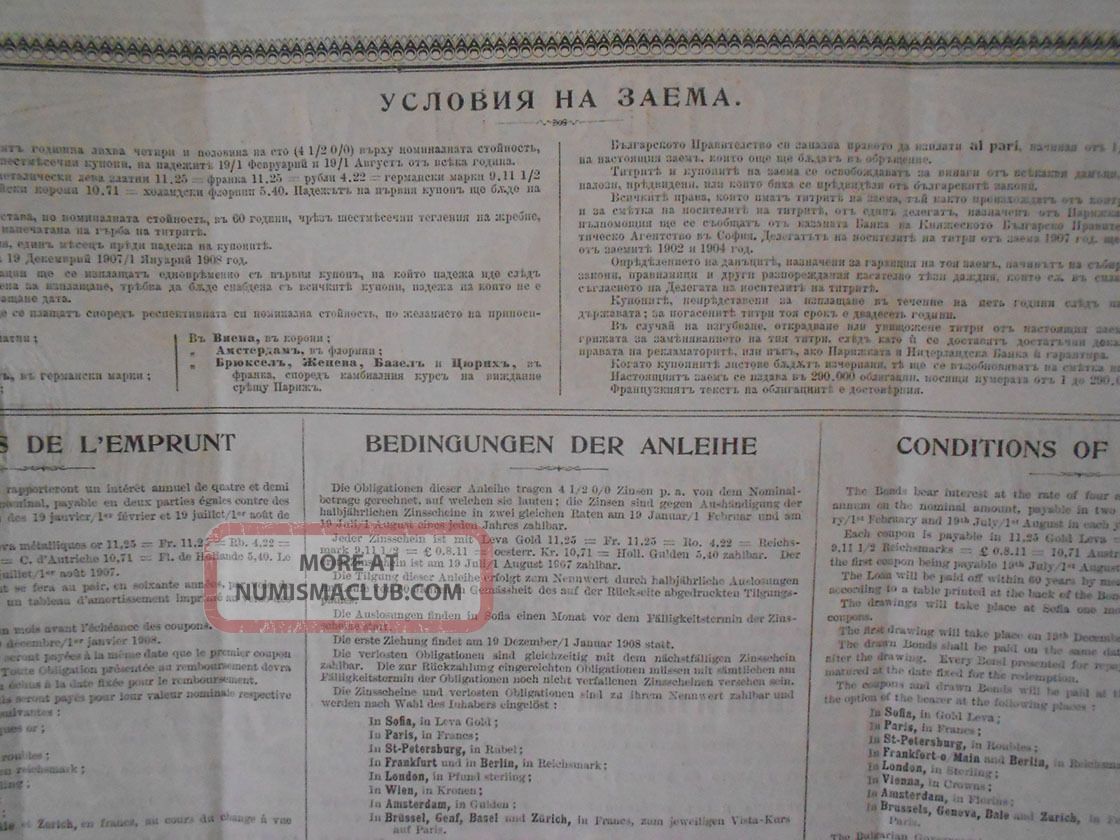
Principality Bulgaria Government Loan 4 1/2 Bond Certificate 500 Leva
Since its establishment as a principality, Bulgaria had been under the sovereignty of the Ottoman Empire. However, in 1908, Ferdinand proclaimed independence, elevated Bulgaria to a tsardom, and became Tsar Ferdinand I. Bulgaria remained a monarchy until 1946. The last Tsar of Bulgaria was Simeon II who succeeded to the throne in 1943 when he.
.svg/500px-Principality_of_Bulgaria_(1890).svg.png)
Principality of Bulgaria Wikipedia
The last Bulgarian royal family (Bulgarian: Българско царско семейство, romanized: Balgarsko tsarsko semeystvo) is a line of the Koháry branch of the House of Saxe-Coburg and Gotha, which ruled Bulgaria from 1887 to 1946. The last tsar, Simeon II, became Prime Minister of Bulgaria in 2001 and remained in office until 2005. . Members of the royal family claim the titles.

Monument of the Unification of the Principality of Bulgaria with
The Principality of Bulgaria (Bulgarian: Княжество България, romanized: Knyazhestvo Balgariya) was a vassal state under suzerainty of the Ottoman Empire. Established by the Treaty of Berlin in 1878. After the Russo-Turkish War ended with Russia's victory, the Treaty of San Stefano was signed by Russia and the Ottoman Empire on.
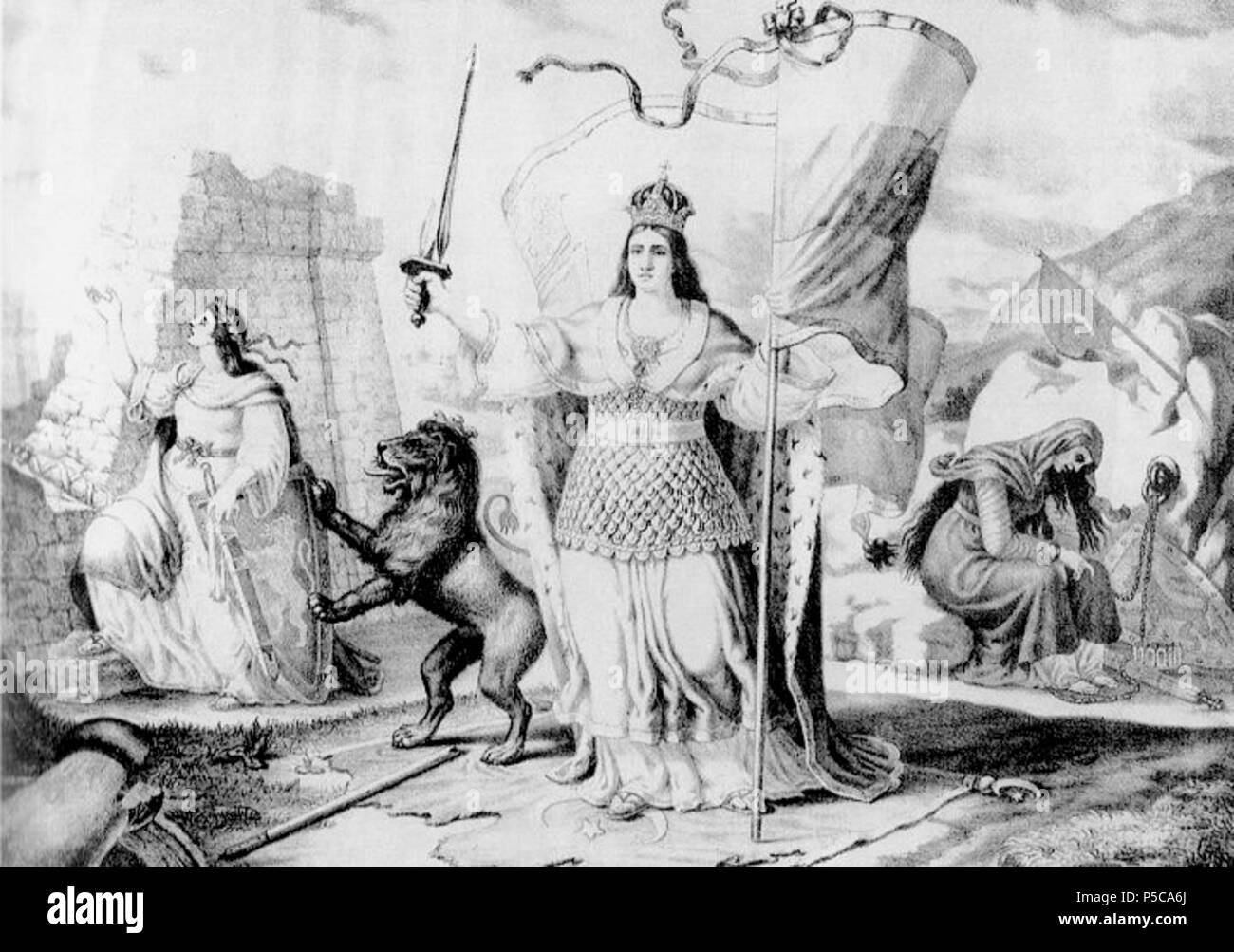
Principality of bulgaria hires stock photography and images Alamy
Alexander I, (born April 5, 1857, Verona, Venice [Italy]—died Nov. 17, 1893, Graz, Austria), the first prince of modern autonomous Bulgaria.. The son of Prince Alexander of Hesse (previously created prince of Battenberg upon his morganatic marriage) and a favourite nephew of Alexander II of Russia, Alexander served during 1877 with the Russian forces in the Russo-Turkish War (1877-78.
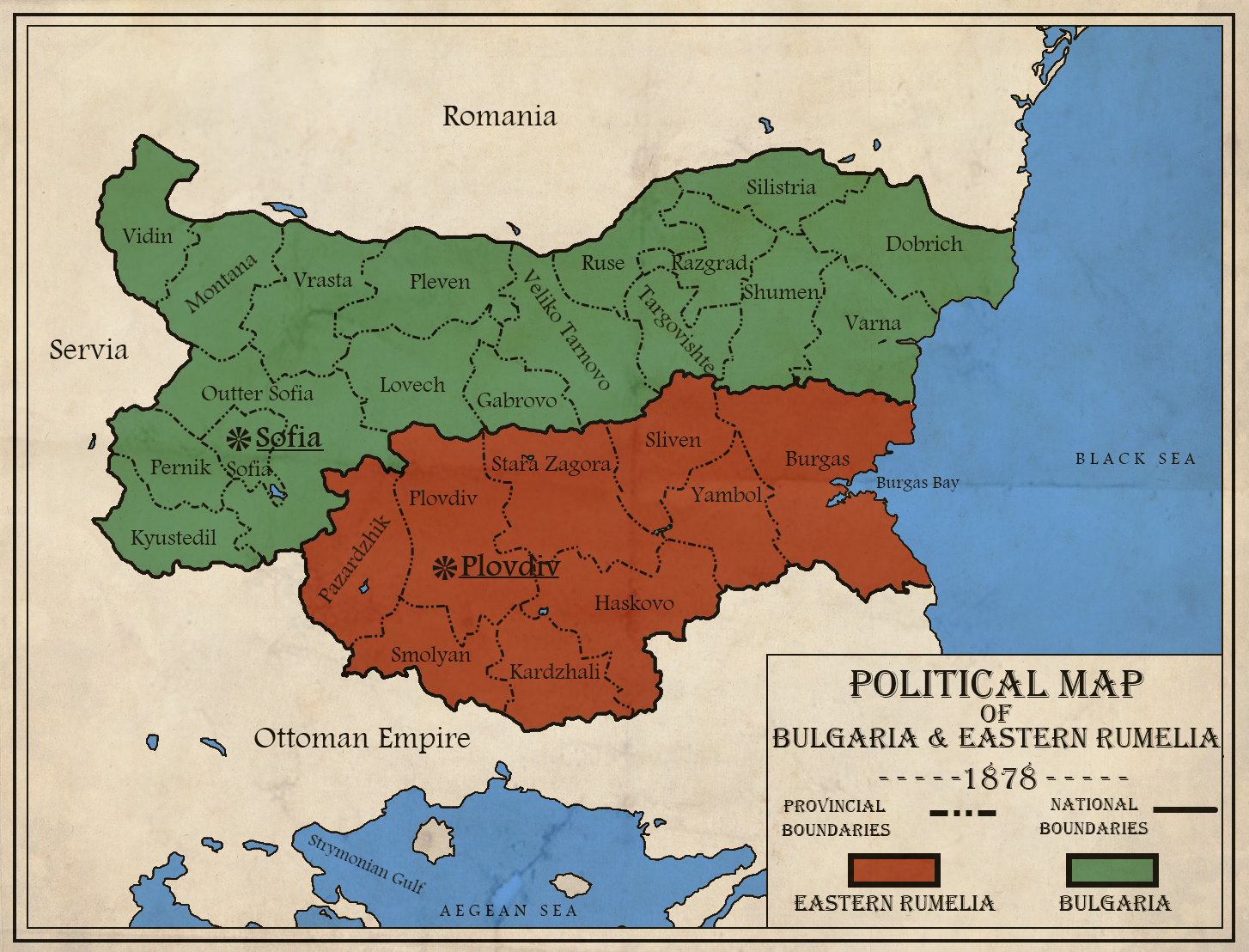
Bulgaria and Eastern Rumelia 1878 by zalezsky on DeviantArt
The Principality of Bulgaria existed between 1878 and 1908. It was created at the Congress of Berlin, from parts of the Ottoman Empire. It was a vassal state of the Ottoman Empire, and had to pay tribute. The capital was Sofia. The area that is now southern Bulgaria, became a province called Eastern Rumelia.In 1878, there were uprisings, which were brutally suppressed.

The History of Bulgaria Part 1 Europe Around
Eastern Rumelia (Bulgarian: Източна Румелия, romanized: Iztochna Rumeliya; Ottoman Turkish: روم الی شرقى , romanized: Rumeli-i Şarkî; Greek: Ανατολική Ρωμυλία, romanized: Anatoliki Romylia) was an autonomous province (oblast in Bulgarian, vilayet in Turkish) of the Ottoman Empire with a total area of 32,978 km 2, which was created in 1878 by virtue.

CoA of the Eurasian Empire by TiltschMaster on DeviantArt
The Principality of Bulgaria (Bulgarian: Княжество България, romanized: Knyazhestvo Balgariya) was a vassal state under the suzerainty of the Ottoman Empire.It was established by the Treaty of Berlin in 1878.. After the Russo-Turkish War ended with a Russian victory, the Treaty of San Stefano was signed by Russia and the Ottoman Empire on 3 March 1878.

During World War I, the Principality of Bulgaria orignialy stayed
He immediately set out for Varna where, from the balcony of what was once the telegraph and post office, he announced the Unification of the Principality of Bulgaria with Eastern Rumelia. A huge crowd had gathered to welcome the unification of parts of the Bulgarian lands, fragmented after the country's liberation from Ottoman domination.
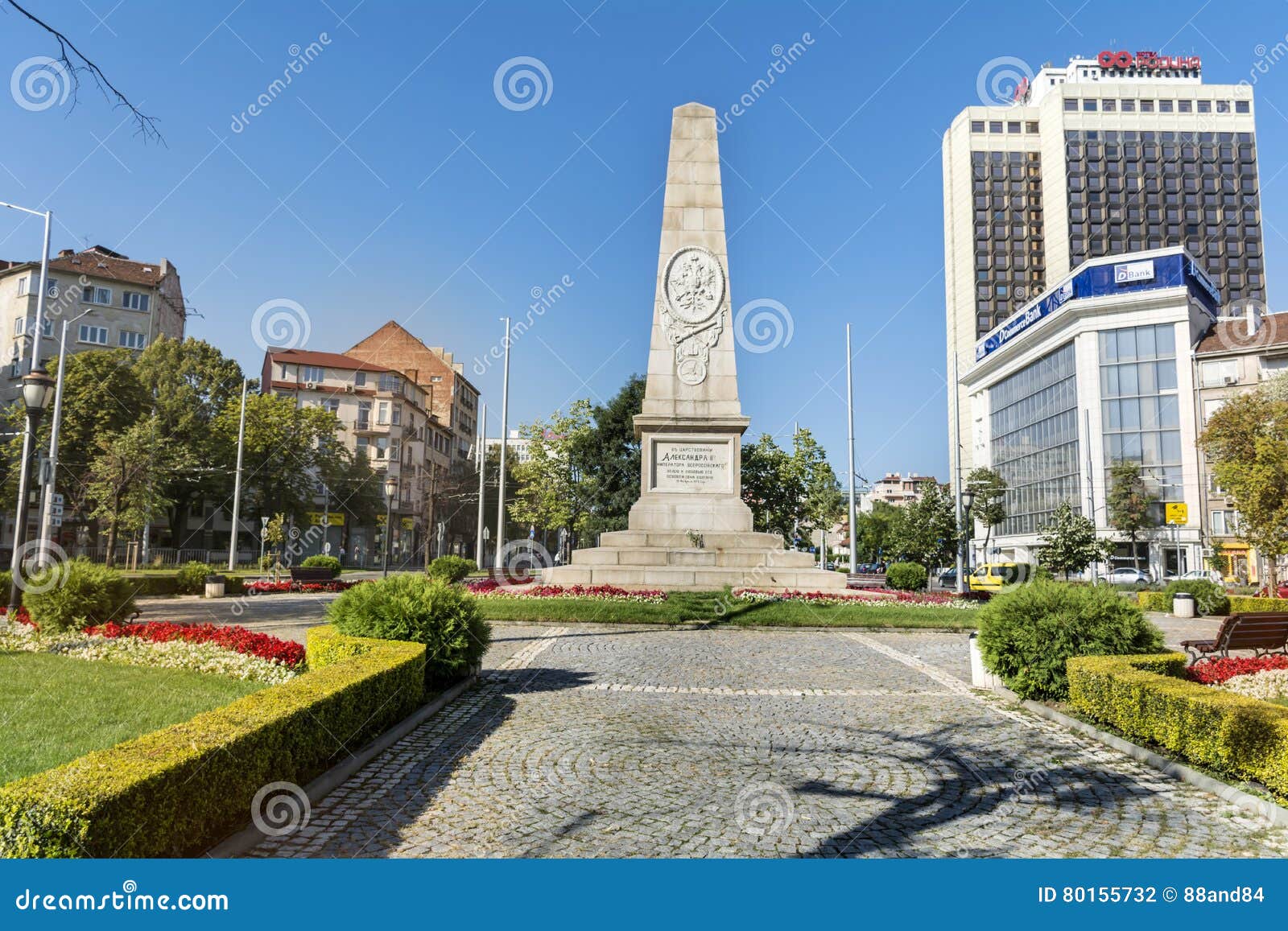
Russian Monument in Sofia, Bulgaria Editorial Photography Image of
United Bulgaria — a lithograph by Nikolai Pavlovich (1835-1894) The Unification of Bulgaria ( Bulgarian: Съединение на България, Saedinenie na Balgariya) was the act of unification of the Principality of Bulgaria and the province of Eastern Rumelia in the autumn of 1885. [1] [2] It was co-ordinated by the Bulgarian Secret.

ANTIQUE INITIAL PRINCIPALITY BULGARIA BOY SCOUT LEATHER BELT with BRASS
History of Bulgaria - The principality: By the time the constituent assembly convened in Tŭrnovo in February 1879, conservative and liberal political tendencies had emerged and rapidly coalesced into parties. The Liberal Party, under Dragan Tsankov, Petko Karavelov (the brother of Lyuben Karavelov), and Petko Slaveikov, dominated the assembly and created a constitution that was one of the.
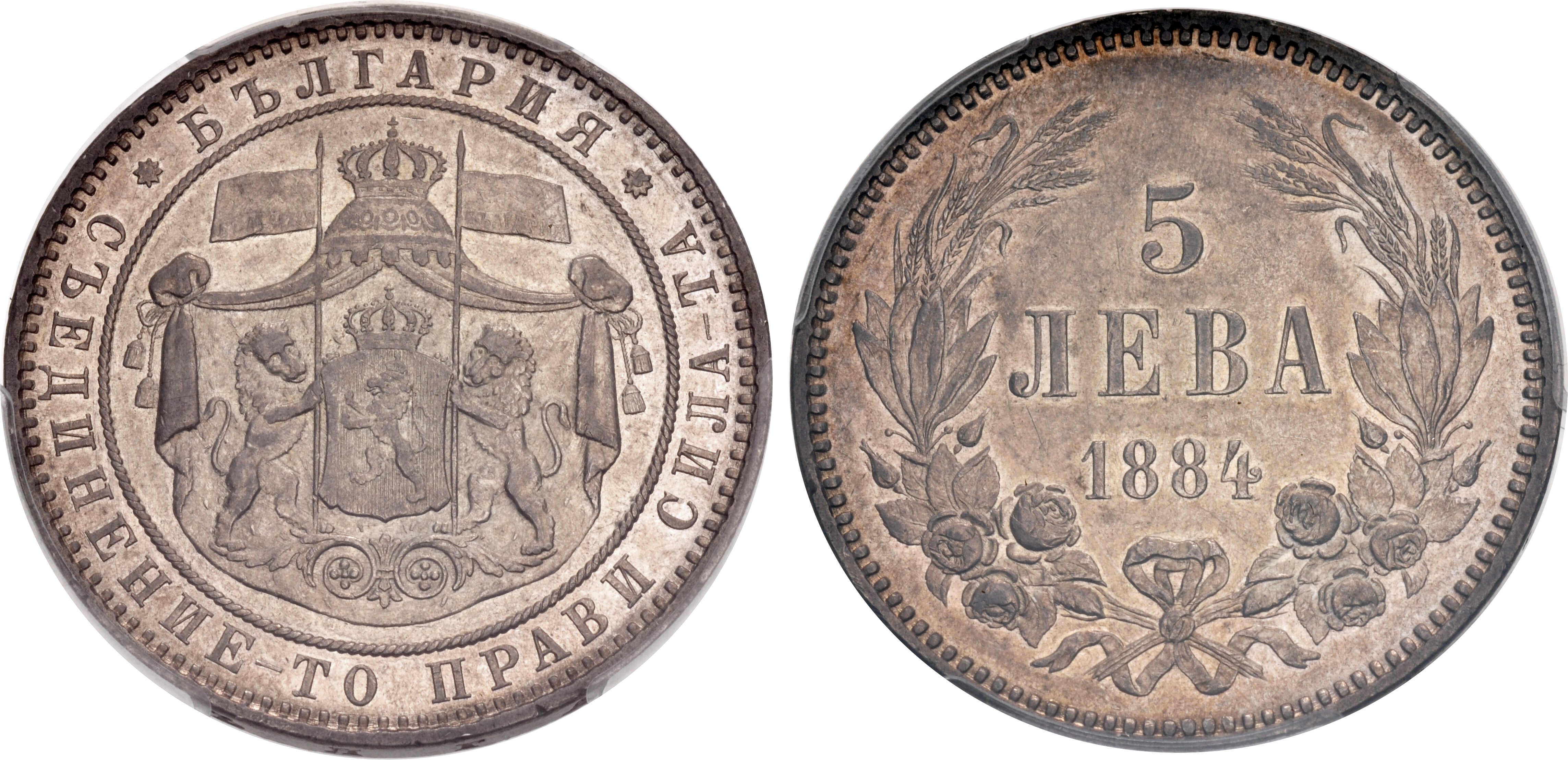
BULGARIA, Principality. Aleksandar of Battenberg. 18791886. AR 5 Leva
The monarchs of Bulgaria ruled Bulgaria during the medieval First (c. 680-1018) and Second (1185-1422) Bulgarian empires, as well as during the modern Principality (1879-1908) and Kingdom (1908-1946) of Bulgaria. This list includes monarchs from the establishment of the First Bulgarian Empire until modern times, omitting earlier mythical rulers as well as rulers of separate states such.
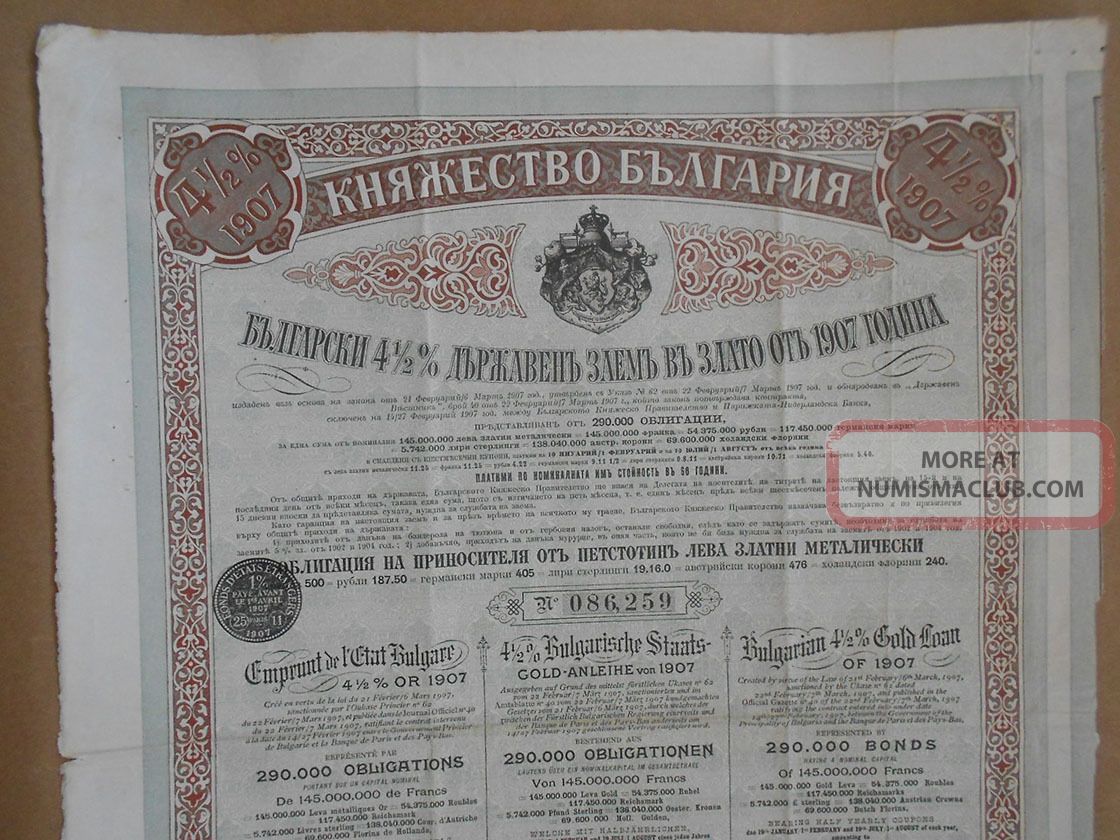
Principality Bulgaria Government Loan 4 1/2 Bond Certificate 500 Leva
The Principality of Bulgaria and Eastern Rumelia were established due to the geopolitical conflicts of the Great Powers after the Russo-Turkish War in 1877-1978 and Bulgaria's liberation from the Ottoman Rule. North Bulgaria and Sofia district became part of the Principality of Bulgaria. Eastern Rumelia and other regions populated mainly with.

Principality of Bulgaria The Countries Wiki Fandom
On 6th September 1885 one of the most inspiring events in Bulgaria's modern history took place, the Unification of the Principality of Bulgaria and Eastern Romelia. It occurred seven years after the Liberation of the country.

Principality Bulgaria Government Loan 4 1/2 Bond Certificate 500 Leva
The Principality of Bulgaria was defined as "a hereditary and constitutional monarchy with people's representation". The National Assembly could be either grand or ordinary. The Assembly adopted the principle of separation of powers into executive, legislative and judiciary. The Constitution protected civil freedoms, the inviolability of.